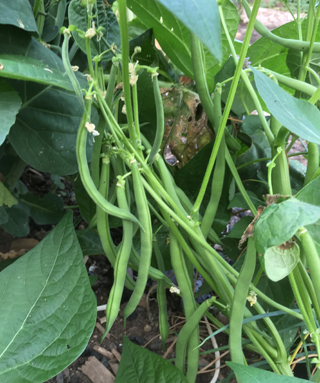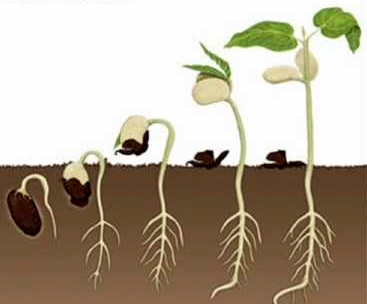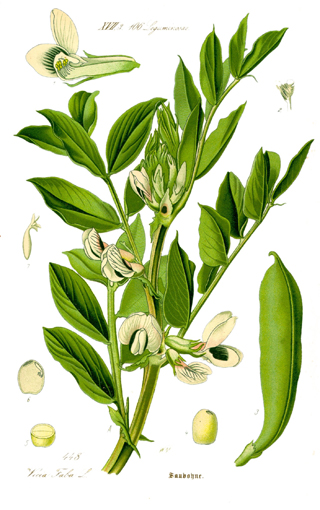
Growing the Best Beans in Oregon, Washington and British Columbia
Garden beans, (Phaseolus vulgaris,) an annual legume, were cultivated by Native Americans. They come in more than 500 variations including pole, runner, bush, snap, string, stringless, and field (dry) beans.
Field beans store well and include navy, red, white and kidney types.
Unusual types of beans include the brightly-flowered scarlet runner bean, a vigorous climber with showy blooms and 5” pods. (Use like lima beans.)
The asparagus bean, a.k.a. the yard-long bean, will grow 2’-3’ pods if allowed, but are more tender when picked at 6”-8”.
Green varieties mature in 50-60 days; pole types in 65-70; dry beans in 80-90 days.
In the damp Northwest climate, the fresh varieties are more successfully grown than dry types, which may not have time to mature and dry before fall rains.
Legumes make great rotation crops; with the aid of certain bacteria, they “fix” nitrogen in the soil, both while growing and when plants are tilled under.
Beans and Your Health
Eat up! Beans are a major source of fiber, a necessity for healthy digestion, and antioxidants which scavenge cell-damaging free-radicals.
Seasonal Guide
Spring:
- Direct sow when soil temps reach 60 degrees F. or start in a cloche 3 weeks before outdoor planting time.
- Beans are light feeders, but benefit from addition of a complete organic fertilizer in the trench when sowing.
- Make successive sowings 2-3 weeks apart for a longer harvest.
Summer:
- Continue sowings until mid-July.
- For fresh varieties, begin harvest of first plantings.
- Leave dry beans on plant.
Fall:
- Harvest dry beans by pulling whole plants and hanging to dry.
- Till in all green bean plants.
Location
Beans thrive in almost any well-drained soil. Few amendments are needed beyond a little complete organic fertilizer.
Avoid low-lying areas with moist micro-climates and poor drainage which can encourage disease and seed decay.
Planting
Beans don’t transplant well because of their long tap roots. Soak seeds overnight for earlier germination.
Direct sow bush beans 1” deep, 3” apart, with rows 2’ apart. Thin to 6”-8”. No trellising is necessary. Bush beans tend to produce one big crop then taper off so several planting are good if you want a longer harvest.
Succession plant every 2-3 weeks or plant types with varying time to maturity.
Plant pole beans in hills 2’ apart, 6-8 seeds to a hill, with a rough pole in the center. Twine wrapped around the pole will encourage tendrils to cling. Pole beans can also climb a trellis, or in the Native American tradition, up corn stalks. (The “three sisters” were hills with corn, beans and squash grown together.) Pole beans produce continuously until the end of summer. Mulch around hills and between rows with leaves, straw or grass-clippings. Keep well weeded.
Water
Plants should grow close enough together to shade the ground beneath when they are full grown. Water with drip lines or by hand: avoid wetting foliage, which can lead to disease.
Harvest
For fresh beans, pick when pod is filled out but before individual bean shapes bulge in the pod. Beans are most tender and flavorful when picked at 2”-3”. Keep picked clean, especially pole varieties. If pods are left to mature, the plant will stop producing.
For dry beans, pick only when majority of leaves have yellowed and pods are dry but not split. Hang to dry and thresh over a tarp to remove seed.
Pests and Diseases
Bean weevils can damage young seedlings, and Mexican bean beetles can attack seedlings and adults. Control both with Rotenone or pyrethrum spray. Slugs can mow down a row of bean seedlings so you’ll need to put down bait or use traps.



